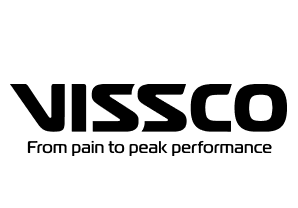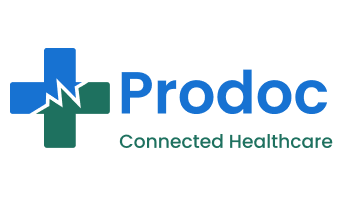About Us:
Diginnovators is a fast-growing startup focused on delivering end-to-end digital solutions across multiple industries, including Advertising, Fintech, eCommerce, Healthcare, and more. Our expertise spans Technology Consultancy, UX/UI Design, Web Development, Mobile App Development, Digital Marketing, AI, Machine Learning, and more. We are driven by innovation, aiming to help businesses scale through superior solutions, exceptional talent, and outstanding service. Our mission is to act as a catalyst for brands and corporates, ensuring timely deliverables and continuous dedicated support.
Job Summary:
As an Digital Marketing-SEO Intern, you will assist in optimizing website content, increasing organic traffic, and improving search engine rankings. You’ll work closely with the marketing team to implement SEO strategies and learn key techniques to boost digital visibility.
Key Responsibilities:
- Keyword Research: Conduct keyword research using tools like Google Keyword Planner, Ubersuggest, or SEMrush. Identify high-volume, low-competition keywords to target across content.
- On-Page Optimization: Optimize meta titles, descriptions, header tags, and image alt text. Ensure proper internal linking, keyword placement, and content structure for SEO.
- Off-Page SEO: Assist in link-building strategies including guest posts, directory submissions, and outreach. Monitor backlinks and identify opportunities to improve domain authority.
- Content Optimization: Collaborate with writers to improve blog and website content for SEO. Suggest and implement content updates to boost search visibility.
- Technical SEO Support: Help monitor site speed, mobile-friendliness, crawl errors, and broken links. Support the SEO team in audits and implementing basic technical fixes.
- Performance Tracking: Use tools like Google Analytics and Google Search Console to track traffic, rankings, and user behavior. Generate SEO reports and share insights with the team.
- Competitor Analysis: Research SEO strategies used by competitors. Identify gaps and suggest improvements for better ranking.
- Trend Monitoring: Stay updated with search engine algorithm changes and SEO best practices. Recommend adjustments based on industry trends and search updates.
Required Qualifications:
- Education: Pursuing a degree in Marketing, IT, Communications, or a related field.
- SEO Knowledge: Basic understanding of SEO strategies and tools.
- Analytical Skills: Strong data interpretation and problem-solving skills.
- Google Tools: Familiarity with Google Analytics and Search Console.
- CMS Knowledge: Understanding of WordPress or other CMS platforms.
- Collaboration: Ability to work closely with writers and developers.
- Learning Mindset: Willingness to learn new SEO tools and techniques.
What We Offer:
- Professional Growth: Opportunities for continuous learning and development through workshops, mentorship, and hands-on experience in cutting-edge technologies.
- Innovative Work Environment: A dynamic, collaborative startup culture where your ideas and contributions directly impact the company’s success.
- Career Growth Opportunities: Clear pathways for career advancement with regular performance evaluations and opportunities to take on leadership roles.
- Challenging Projects: Engage in cutting-edge projects that push the boundaries of technology, giving you the chance to work on meaningful and impactful solutions.
- Team Collaboration: Be part of a supportive and inclusive team that values diversity, creativity, and collaboration, fostering a positive and innovative work environment.
Who Can Apply?
- Experience: 0 – 1 Year
- Availability: Immediate to 7 Days
- Work Location: Hybrid (Balewadi, Pune)
- Stipend: As per market standards
Perks and benefits
- Flexible working Hours
- 5-days working
- Employee Health Insurance
- Healthy Working Culture
Get in touch
Lets build and scale your digital products. We are always open to discuss new projects, creative ideas or opportunities to be part of your vision.




